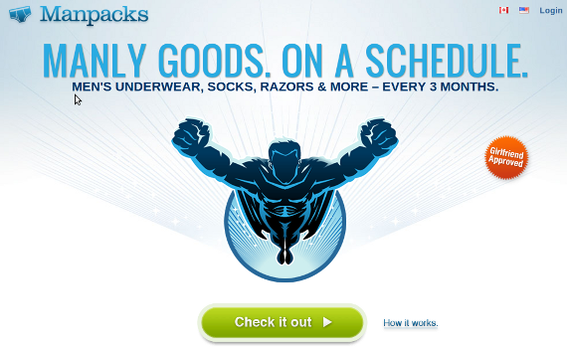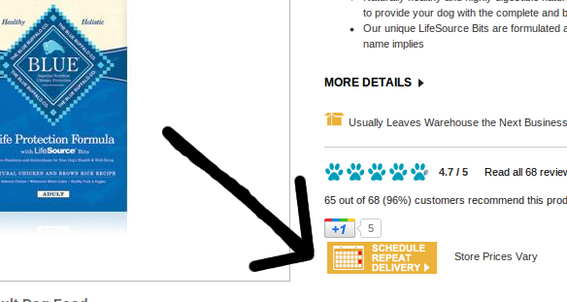Product and service subscriptions give ecommerce businesses a reliable flow of revenue, predictable inventory requirements, and the opportunity to cut costs. Transitioning from a traditional retail model to a subscription service can be done in small measured steps.
What follows are three tips for getting started with subscriptions. The aim is to start small and grow subscription — i.e., recurring sales — over time.
1. Satisfy Customer Needs
“The Holy Grail is having a customer for life, and having that customer buy from you repeatedly,” said PetFlow co-founder Alex Zhardanovsky, whose company sells dog and cat foods, including heavy bags of dry kibbles. “And I think the only way that you can do that is by knowing your customers and seeking to serve them.”
Not every product or situation is suitable for a subscription ecommerce model. Rather, merchants need to find opportunities wherein a subscription or regular delivery service is better for the customer.
As an absurd example, say a click-and-mortar retailer recently had a surplus of furniture dollies. The dollies were purchased well and offered reasonably. But dollies are not a good product for recurring shipments (subscriptions) since most consumers or even businesses don’t require a regular supply of furniture dollies.
By contrast, pet foods — as evidenced by several online retailers — do fulfill a shopper need. Dog food bags can be heavy and making a special trip to the store to lug one home is inconvenient. And often it seems like you run out just before an evening feeding. A dog-food subscription service can eliminate a trip to the store and, assuming it is scheduled properly, ensures that a ready supply is on hand.
Similarly, Manpacks has helped male customers by regularly sending them items like undergarments and shaving accessories.

Manpacks sells a subscription service that makes shoppers’ lives easier.
The tip here is to look for products that make a shopper’s life easier when they arrive regularly.
2. Avoid the Term ‘Subscription’
The subscription model, as good as it is, may have some verbal baggage with shoppers that are more familiar with subscriptions as they relate to magazines or even the old Columbia House music clubs that enticed shoppers to get ten albums for a penny in exchange for signing up to receive some number of overpriced albums over the next couple of years.
To help overcome concerns about subscribing to something, ecommerce marketers may wish to market this model with words other than “subscription,” such as “schedule shipments,” “schedule future shipments” — or similar. Simply include a link to, say, “Schedule Future Shipments” on product detail pages.

PetCo offers scheduled orders — the button states, “Schedule Repeat Delivery” — for most products.
The tip here is to make the initial step of subscribing to product delivery as gentle as possible.
3. Reward Customers
Long-term subscription models are good for merchants and good for customers. But the first step and the first few deliveries can be crucial to starting a lasting relationship. Consider rewarding customers with more than they expected.
The tip here is to give the customers positive reinforcement about the subscription decision. Consider calling shortly customers after their first delivery to learn how things went. Send the customer Christmas cards, Valentine’s cards, and other appropriate greetings. Even offer unexpected discounts.
Summing Up
The subscription model can be an excellent choice for ecommerce merchants. When you’re starting out, focus on providing products that meet customer needs, market the service in ways that are easy for customers to accept, and reward subscribers with excellent customer service.




